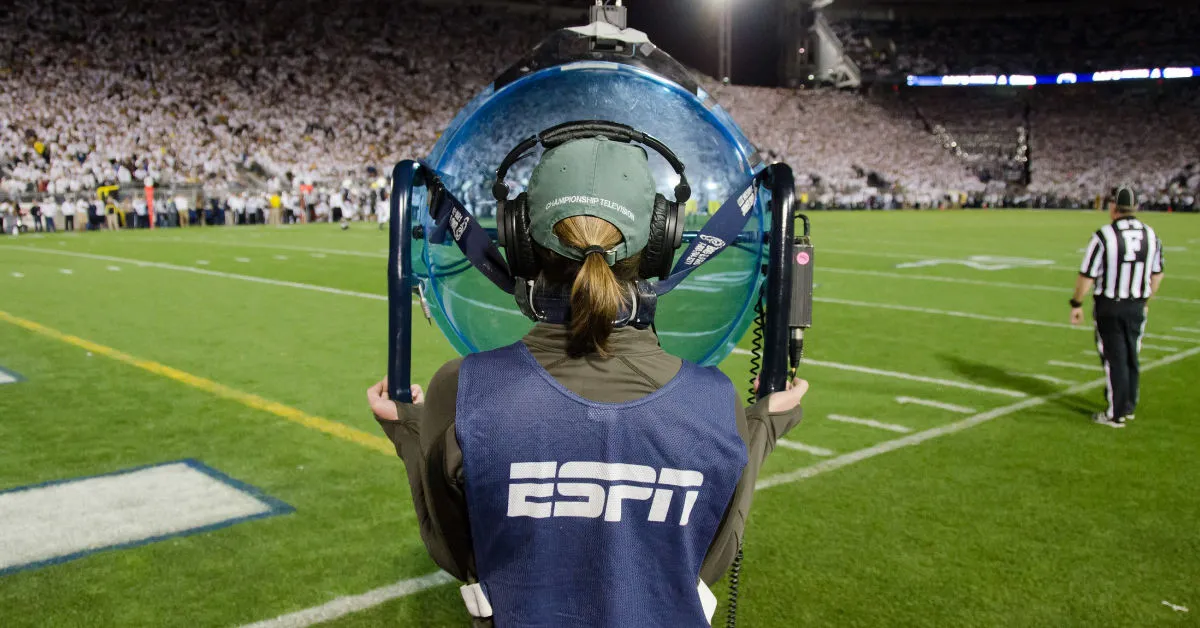
The Walt Disney Company’s streaming video services logged another consecutive quarter of profit, and the company revealed its connected television (CTV) advertising division posted healthy gains during its fiscal fourth quarter (Q4, coincides with calendar Q3) of 2024.
On Thursday, Disney said its streaming services earned a profit of $321 million during the three-month period that ended September 30, an increase of more than 500 percent from the $49 million in profit the company earned from it streamers during fiscal Q3 (calendar Q2) and fully reversing the company’s $387 million streaming-related loss that was logged around the same quarter last year.
The number of streamers paying for its flagship service Disney Plus increased to 122.7 million during Q4, compared to the 118.3 million Disney Plus customers it counted in Q3. The figure was up 4 percent from last year.
Hulu subscribers clocked in at 52 million flat, up from 51.1 million counted during Q3. That figure includes 4.6 million people who paid for Hulu with Live TV, which includes access to the Hulu content library, Disney Plus, ESPN Plus and around 80 broadcast and cable channels; the figure was an increase of 5 percent compared to last year. Excluding Hulu with Live TV, the number of customers paying for Hulu was 47.4 million, Disney said.
Average revenue per subscriber (ARPU) from Disney Plus was $7.70 in the United States, down 1 percent compared to last year, while International Disney Plus ARPU excluding its Hotstar service was up 3 percent to $6.95.
Related: Disney streamers earn profit in Q3, company to crack down on password sharing
Disney said its domestic ARPU was lower due to a higher mix of subscribers that paid for the ad-supported tier of the service and wholesale offerings to Charter and DirecTV, which was partially offset by higher advertising revenue.
Hulu’s ARPU was down 1 percent to $12.54, while the live TV version of Hulu remained relatively flat at $95 and change, which was affected by similar trends as Disney Plus.
Overall, streaming revenue clocked in at $5.783 billion, up 15 percent compared to last year, Disney said. When counting ESPN Plus, streaming revenue increased 13 percent to $6.296 billion. The company’s CTV ad business saw 14 percent growth during Q4, which contributed significantly to its streaming-related income; Disney did not release specific information about how much advertising revenue it earned from streaming.
On the traditional TV side, Disney’s broadcast and cable networks earned $2.461 million in revenue during Q4 and brought in $498 million in operating income, the company said. The figures were 9 percent lower and 16 percent lower on a year-over basis.

Domestic TV revenue — cash earned from ABC, FX, the Disney Channel and others — came in at $1.997 billion, a dip of 5 percent compared to last year, while domestic TV income was $347 million, down 34 percent. Like others, Disney has faced challenges in its traditional TV business as higher churn across the cable and satellite TV industry have chipped away at its ability to earn per-subscriber fees from those platforms. That, coupled with ongoing weakness in the traditional TV market, has impacted linear network revenue over the past few years.
The same is true on the international side, where Disney operates a number of Disney- and Fox-branded channels in Europe, Latin America and Asia. International TV revenue was $464 million, down 12 percent compared to last year, while international TV operating revenue was down 54 percent to $52 million. Disney said higher pay TV churn and marketing costs were to blame for the depressed figures.

Sports continued to be a big earner for the company, with ESPN’s global revenue at $3.856 billion during Q4, up 1 percent compared to last year. Most of that revenue was from ESPN’s multiplex sports channels in the United States, which earned $3.492 billion, up 1 percent. International revenue attributed to ESPN was $364 million, or flat compared to last year.
Operating income attributed to ESPN was down 5 percent in the domestic market and 18 percent globally, which Disney blamed on higher programming and production costs, higher cable and satellite subscriber churn and lower average viewership that impacted advertising rates.
Overall, the company earned $22.6 billion in Q4 revenue from its various business units, including theme parks, up from $21.2 billion earned during the same period last year. For the year, Disney’s revenue was $91.4 billion in fiscal year 2024, up from $88.9 billion counted in 2023.
“This was a pivotal and successful year for The Walt Disney Company, and thanks to the significant progress we’ve made, we have emerged from a period of considerable challenges and disruption well positioned for growth and optimistic about our future,” Disney CEO Bob Iger said in a statement. ““Our solid performance in the fiscal fourth quarter reflected the success of our strategic efforts to improve quality, innovation, efficiency, and value creation.”
The quarter also saw Disney roll out a broader password-sharing crackdown on its Disney Plus and Hulu services in the United States, though the full effects of that strategy are still unknown, as Disney did not mention the move in its earnings report.